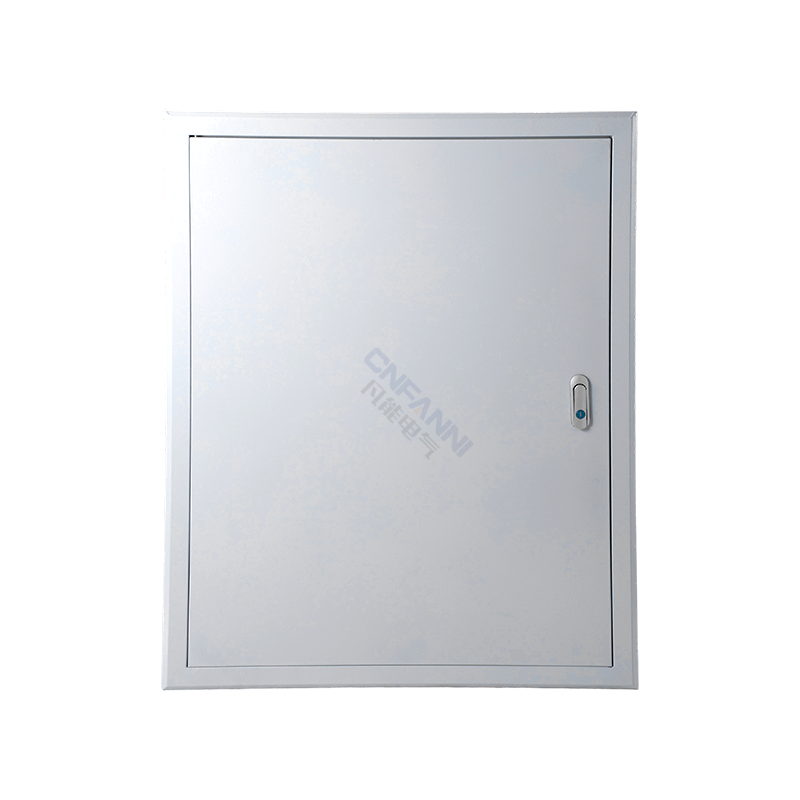Choosing a DB enclosure isn't like picking furniture; it's about safety and cannot be taken lightly. This ultimate guide will help you make an informed decision.
Step 1: Look at the Material
-
Metal Enclosure (Commonly Cold-Rolled Steel Plate): High strength, good protection, durable. Key Point: Always ask about the surface treatment. Electrostatic Spray Coating is superior to ordinary paint, offering better rust, fingerprint, and corrosion resistance.
-
Plastic Enclosure (Commonly Engineering Plastics like PC): Good insulation, lightweight, rust-proof, suitable for damp environments (e.g., next to bathrooms). Key Point: Must choose material with a high Flame Retardant rating (e.g., VO grade) to ensure safety.
Step 2: Look at Craftsmanship and Structure
-
Edge Treatment: Are the edges smooth and burr-free to prevent cuts during installation?
-
Fit between Door and Box: Is the gap even and tight when closed to effectively keep out dust and insects?
-
Lock and Viewing Window: Do you need a lock to prevent children from opening? Do you need a transparent viewing window to check switch status?
Step 3: Look at Size and Installation
-
Calculate the Number of Circuits: Based on your home's circuit count (e.g., lighting, sockets, AC, kitchen), choose a size with appropriate spare capacity for future expansion.
-
Installation Method: Confirm whether it's for Surface Mounting (on the wall) or Recessed Mounting (embedded in the wall), and buy the corresponding model. Pay attention to the embedding depth for recessed boxes.
Step 4: Look at Aesthetics and Matching
-
Color: Pure white is most common, but you can also choose styles that match your wall color for an "invisible" effect.
-
Surface Texture: Matte or textured surfaces hide scratches better and blend more easily with various decor styles than glossy surfaces.
Remember, a qualified DB enclosure is the cornerstone that ensures the stable operation of your home's electrical system.

 English
English русский
русский عربى
عربى








